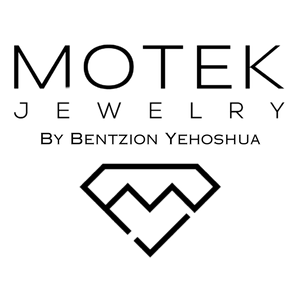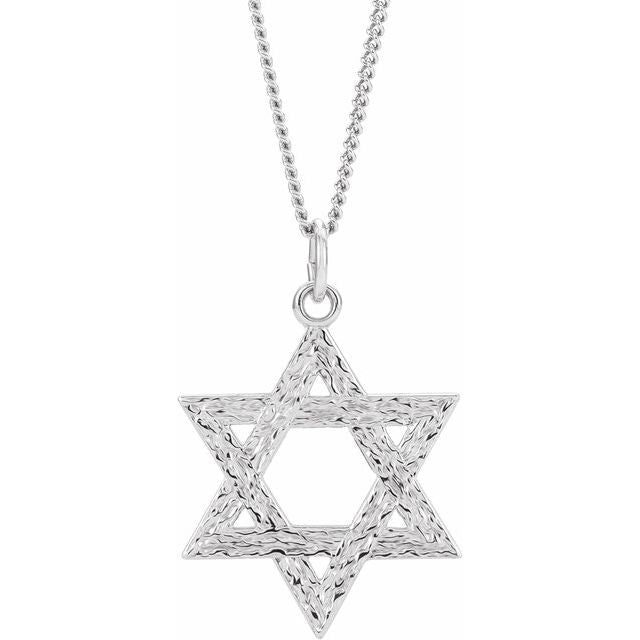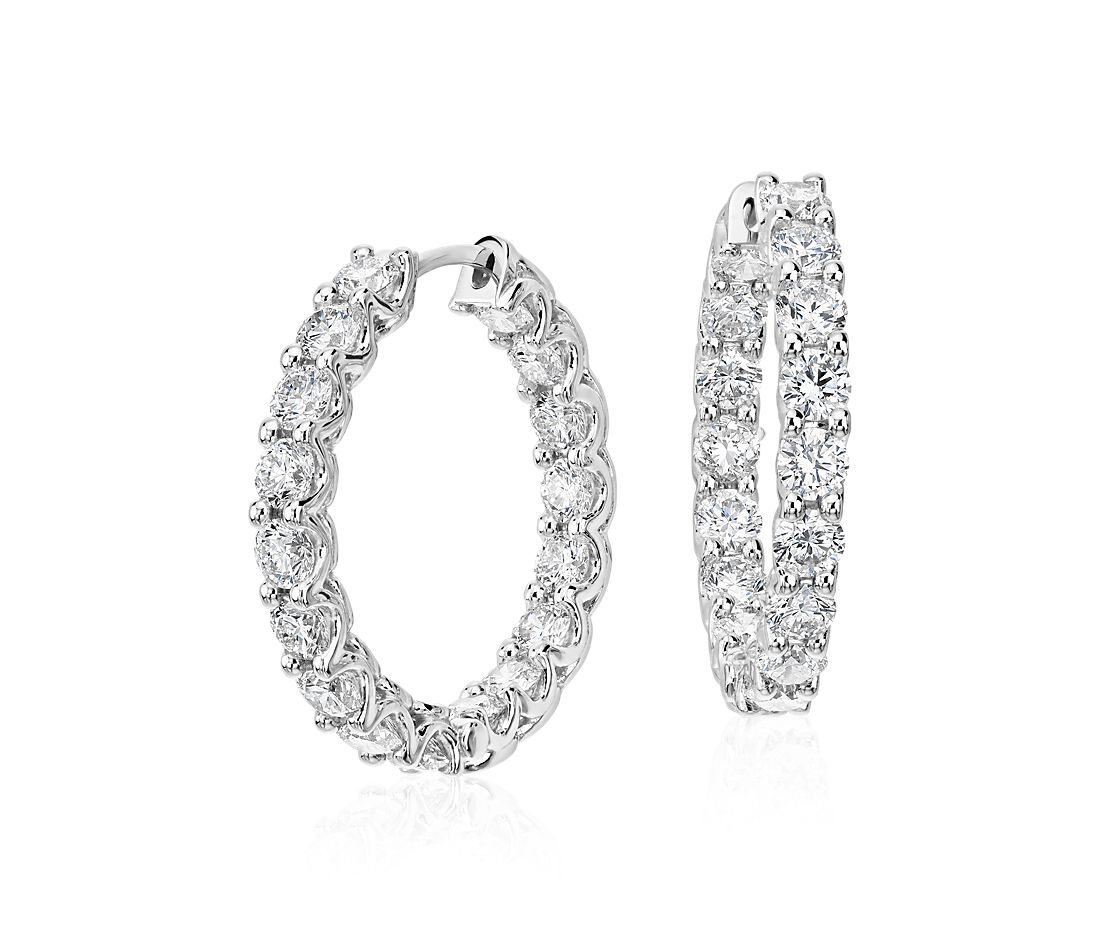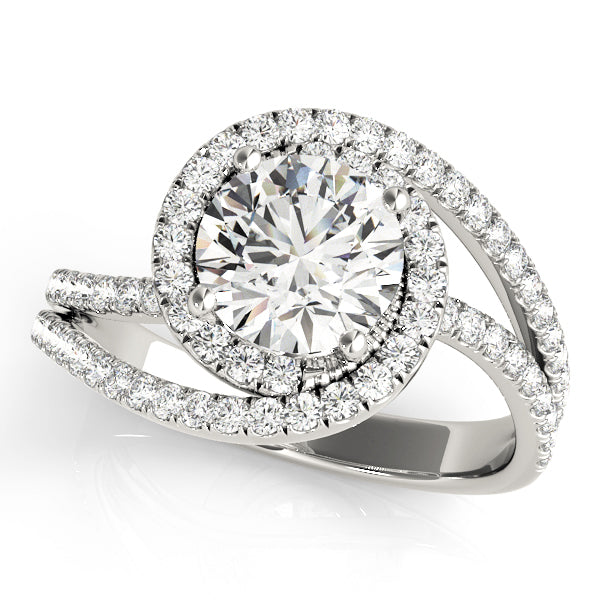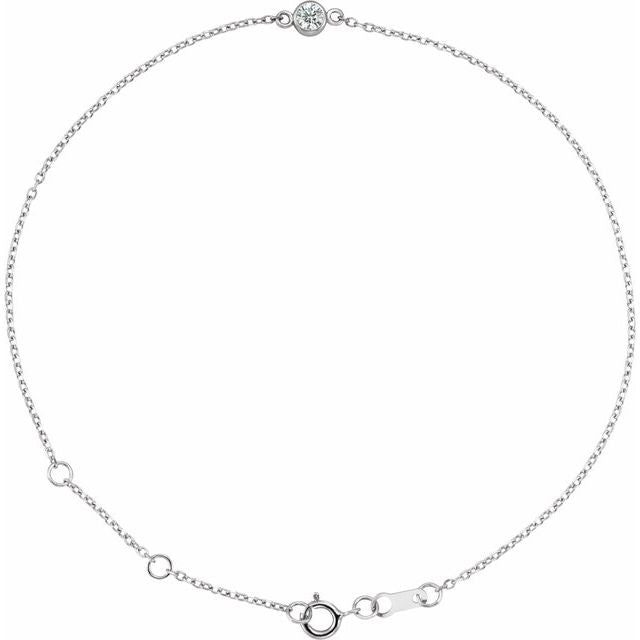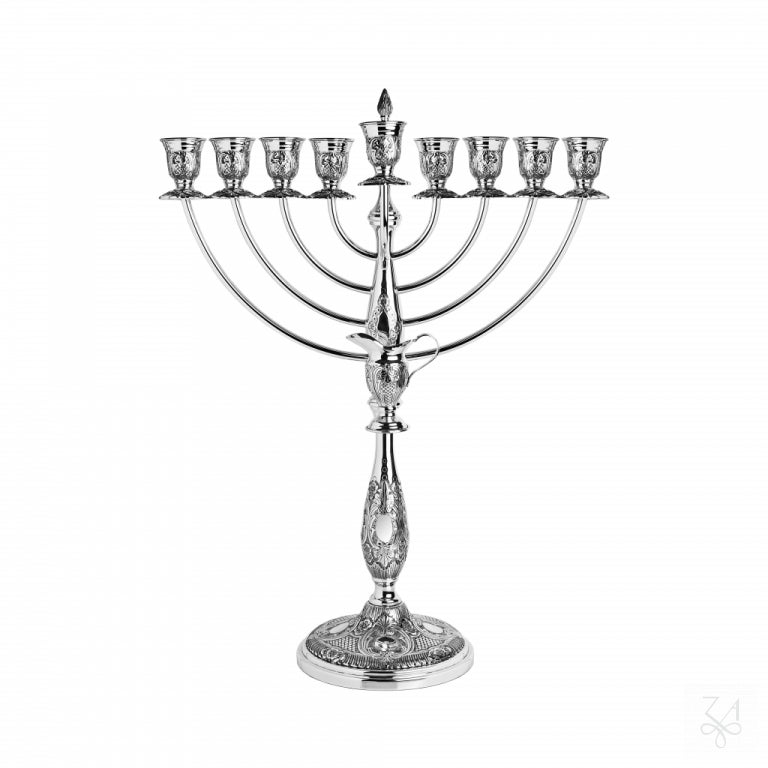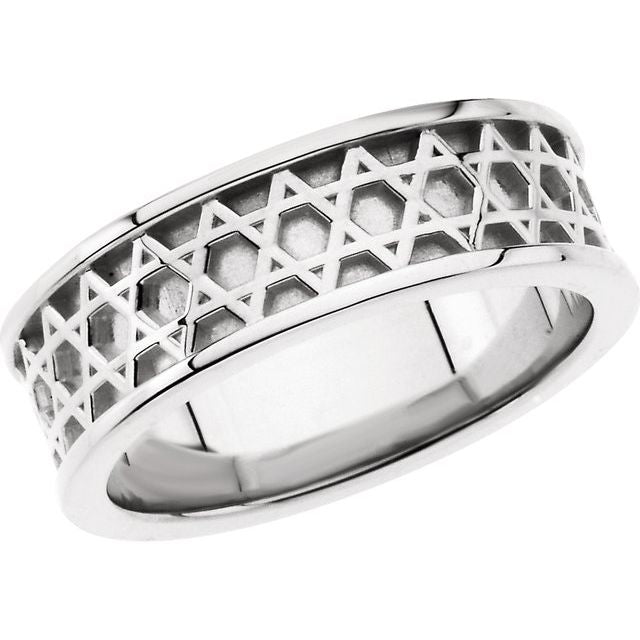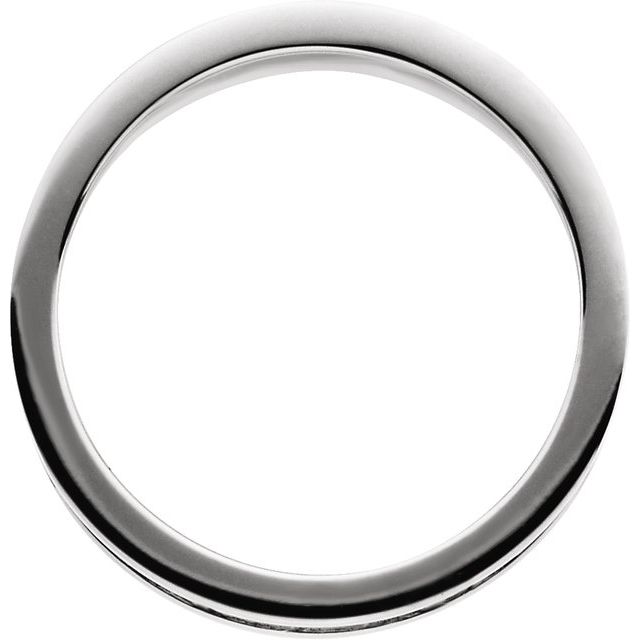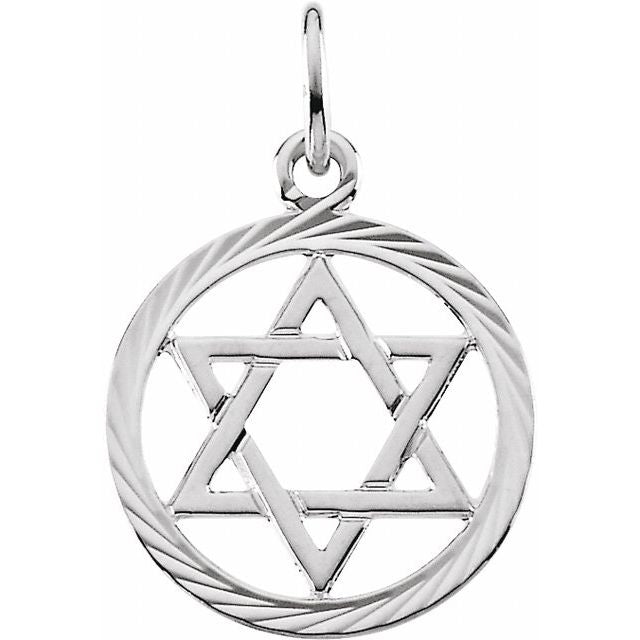Ethical and Sustainable Jewelry: What You Need to Know

Introduction
The jewelry industry has faced increasing scrutiny in recent years as consumers become more conscious about the environmental and social impact of their purchasing decisions. From diamond mining conflicts to harmful environmental practices, traditional jewelry production has left a complicated legacy. Today, a growing movement toward ethical and sustainable jewelry is reshaping the industry, offering consumers beautiful pieces they can wear with pride and peace of mind.
According to a recent survey by McKinsey, 66% of global consumers now consider sustainability when making luxury purchases, with this number rising to 75% among millennial buyers. This shift in consumer preference has created a significant market opportunity—ethical jewelry sales have grown by approximately 20% annually since 2018, outpacing the conventional jewelry market by nearly three times.
This comprehensive guide explores what makes jewelry truly ethical and sustainable, the key issues in the industry, how to identify genuinely responsible pieces, and where to find them. Whether you're shopping for an engagement ring, a special gift, or treating yourself, understanding these principles will help you make informed choices that align with your values.

What Makes Jewelry Ethical and Sustainable?
Ethical Jewelry Defined
Ethical jewelry refers to pieces created with respect for human rights, fair labor practices, and transparency throughout the supply chain. This includes:
-
Conflict-free sourcing: Ensuring gemstones and metals are not funding armed conflicts or human rights abuses
-
Fair labor conditions: Supporting miners and artisans who receive fair wages and work in safe environments
-
Transparency: Clear documentation of a piece's journey from mine to market
-
Community benefits: Contributing positively to the communities where materials are sourced
Sustainable Jewelry Defined
Sustainable jewelry focuses on environmental responsibility and long-term ecological balance:
-
Responsible mining practices: Minimizing environmental damage during extraction
-
Recycled materials: Using reclaimed metals and gemstones to reduce the need for new mining
-
Low-impact production: Employing energy-efficient manufacturing processes with minimal chemical use
-
Durability and timelessness: Creating pieces designed to last generations, reducing consumption
According to the World Gold Council, producing a single gold ring generates approximately 20 tons of mine waste. Sustainable jewelry aims to dramatically reduce this footprint while preserving the art and beauty of adornment.

The Dark Side of Conventional Jewelry
The Human Cost
Conflict Diamonds and Precious Metals
Despite the implementation of the Kimberley Process in 2003, which aimed to prevent "conflict diamonds" from entering the mainstream market, issues persist. An estimated 5-10% of diamonds worldwide are still traded illegally, potentially funding conflicts and human rights abuses.
Gold mining presents similar challenges. According to the International Labour Organization, nearly 1 million children work in artisanal and small-scale gold mining operations worldwide, often in dangerous conditions without proper safety equipment or fair compensation.
Labor Exploitation
Beyond conflict concerns, labor conditions throughout the jewelry supply chain can be problematic:
-
Workers in developing regions often receive below-living wages
-
Safety standards may be minimal or unenforced
-
Child labor remains a problem in certain regions
-
Exploitation is common in informal mining operations
Environmental Impact
Mining Devastation
Traditional mining operations can:
-
Contaminate water sources with mercury, cyanide, and other toxins
-
Destroy natural habitats and contribute to deforestation
-
Consume massive amounts of energy and water
-
Leave behind tailings and waste that continue to affect environments for decades
A single gold mine can use over 1,800 gallons of water per ounce of gold produced—a staggering figure in regions already facing water scarcity.
Carbon Footprint
The jewelry industry contributes significantly to global carbon emissions:
-
Energy-intensive mining operations
-
Transportation across global supply chains
-
Manufacturing processes requiring high temperatures and specialized equipment
Studies indicate that producing a single one-carat diamond can generate up to 125 pounds of carbon emissions—equivalent to driving a car for 500 miles.
The Rise of Ethical Alternatives
Responsibly Sourced Materials
Ethical Mining Initiatives
Several programs have emerged to improve mining practices:
-
Fairmined Gold: A certification that ensures gold comes from responsible artisanal and small-scale mining organizations
-
Fairtrade Gold: Similar to Fairmined, providing miners with fair prices and promoting safer working conditions
-
Responsible Jewellery Council (RJC): An organization setting standards for responsible practices throughout the jewelry supply chain
Blockchain and Traceability
Technology is revolutionizing transparency in the jewelry industry. Blockchain systems now allow consumers to track the journey of a diamond or gemstone from mine to market, verifying ethical claims with unprecedented accuracy.
Companies like Everledger have created digital "fingerprints" for over 2 million diamonds, recording their characteristics and chain of custody on an immutable blockchain.
Sustainable Materials and Practices
Recycled Metals
Using recycled gold and silver dramatically reduces environmental impact:
-
Recycled gold produces 99.8% less carbon emissions than newly mined gold
-
It eliminates the need for new mining operations and their associated damage
-
Quality is identical to newly mined metals once refined
Today, approximately 30% of annual gold supply comes from recycled sources, but this number could be much higher with increased consumer demand for recycled jewelry.
Lab-Grown Gemstones
Lab-created diamonds and gemstones offer ethical and environmental advantages:
-
They require no mining, eliminating associated environmental damage
-
Their supply chain is transparent and traceable
-
They typically use less energy and water than mined counterparts
-
They're chemically, physically, and optically identical to natural stones
The lab-grown diamond market has experienced explosive growth, expanding by over 15-20% annually while prices have fallen by approximately 70% over the past decade.
How to Shop for Ethical and Sustainable Jewelry
Certifications and Standards to Look For
When shopping for ethical jewelry, look for these key certifications:
-
Fairmined Certification: Guarantees gold from responsible artisanal and small-scale mining operations
-
Fairtrade Gold: Ensures miners receive fair compensation and work in safe conditions
-
Kimberley Process: The minimum standard for conflict-free diamonds
-
Responsible Jewellery Council (RJC) Certification: Covers the entire jewelry supply chain from mining to retail
-
B Corp Certification: Indicates companies meeting high social and environmental performance standards
Questions to Ask Jewelers
Don't hesitate to ask detailed questions about sourcing and practices:
-
"Where do your materials come from, and can you provide documentation?"
-
"What steps do you take to ensure ethical sourcing?"
-
"Do you use recycled metals or responsibly sourced materials?"
-
"Are your gemstones natural, lab-grown, or reclaimed?"
-
"What certifications do your materials have?"
Reputable ethical jewelers welcome these questions and provide transparent answers.
Red Flags to Watch For
Be cautious of:
-
Vague claims without specific documentation
-
Using terms like "eco-friendly" without substantiation
-
Unwillingness to discuss sourcing in detail
-
Prices that seem too good to be true compared to other ethical options
-
Missing or incomplete certifications
Price Considerations
Ethical jewelry often—though not always—costs more than conventional alternatives. This premium reflects:
-
Fair wages paid throughout the supply chain
-
Investment in responsible mining practices
-
Rigorous certification processes
-
Often smaller-scale, artisanal production methods
However, the price gap is narrowing as ethical options become more mainstream. Many consumers find the premium worthwhile, knowing their purchase aligns with their values and supports positive change in the industry.
Types of Ethical and Sustainable Jewelry
Recycled Metal Jewelry
Recycled gold, silver, and platinum provide the perfect starting point for ethical jewelry:
-
Indistinguishable from newly mined metals once refined
-
Available in various karats and colors
-
Can be crafted into any design
-
Reduces demand for new mining
Lab-Grown Diamonds and Gemstones
These stones offer ethical alternatives with several advantages:
-
Chemical and physical properties identical to mined stones
-
Available in a wide range of sizes, colors, and clarities
-
Typically cost 20-40% less than comparable mined diamonds
-
Can be traced to their origin with complete certainty
Vintage and Antique Jewelry
Pre-owned jewelry represents one of the most sustainable options:
-
No new mining or manufacturing required
-
Often features unique craftsmanship and designs unavailable in modern pieces
-
Can appreciate in value over time
-
Carries history and character
Alternative Materials
Innovative jewelers are exploring sustainable alternatives:
-
Reclaimed wood and paper in lightweight designs
-
Recycled glass and ceramic components
-
Plant-based materials like tagua nut (vegetable ivory)
-
Innovative materials made from industrial waste
Leading Ethical Jewelry Brands
Established Luxury Brands
Several high-end brands have committed to ethical practices:
-
Brilliant Earth: Pioneer in ethically sourced diamonds and recycled metals
-
Vrai: Offering lab-grown diamonds produced with renewable energy
-
Mejuri: Working with responsible suppliers and emphasizing transparency
-
Catbird: Using recycled metals and adhering to the Kimberley Process
Independent Artisans and Small Businesses
The ethical jewelry movement has strong roots in small, independent businesses:
-
Many work directly with mining communities or artisanal collectives
-
Often create one-of-a-kind pieces with personal attention
-
Frequently use innovative approaches to sustainability
-
May offer customization and bespoke services
The Future of Ethical Jewelry
Industry Trends
The jewelry industry continues to evolve toward greater responsibility:
-
Major brands are investing in traceable supply chains
-
New technologies are making verification more accessible
-
Consumer demand for ethical options is driving market growth
-
Innovative materials and production methods continue to emerge
According to industry forecasts, ethical and sustainable jewelry is expected to represent 25-30% of the global market by 2025, up from approximately 15-20% today.
Consumer Power
As a jewelry buyer, your choices have significant impact:
-
Each purchase sends a message about what practices you support
-
Asking questions encourages jewelers to examine their supply chains
-
Sharing information raises awareness among friends and family
-
Collective consumer demand drives industry-wide improvements
Caring for Your Ethical Jewelry
Maintenance and Longevity
Proper care extends the life of your ethical jewelry:
-
Clean pieces regularly with mild soap and water
-
Store items separately to prevent scratching
-
Remove jewelry before swimming or bathing
-
Have settings checked periodically by a jeweler
Repair and Recycling
When pieces reach the end of their life:
-
Consider repurposing gemstones into new designs
-
Recycle precious metals through specialized recyclers
-
Donate unwanted pieces to organizations that repurpose materials
-
Work with jewelers who offer lifetime repairs and servicing
Conclusion
The jewelry industry stands at a crossroads, with traditional practices increasingly challenged by ethical and sustainable alternatives. As a consumer, your choices have the power to influence this transition, supporting businesses that prioritize people and planet alongside profit.
Whether you're drawn to the guaranteed ethics of lab-grown gemstones, the reduced impact of recycled metals, or the unique character of vintage pieces, the market now offers beautiful options that align with conscious values. By choosing ethical and sustainable jewelry, you're not just acquiring something beautiful—you're contributing to a more responsible future for an industry with deep cultural significance.
The next time you shop for jewelry, remember that true luxury isn't just about material value—it's about knowing the full story behind your purchase and being proud of the impact it has on the world.
References
-
Responsible Jewellery Council - Industry Standards and Certification
-
The Environmental Impact of Gold Mining - World Gold Council
